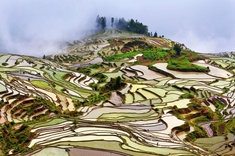
8 Unknown UNESCO Sites #3
First published: Wednesday June 7th, 2023
Report this blog
Вступление
The past parts usually touched upon underrated or unknown masterpieces created by nature or our predecessors. But this part will be a little different.
Usually, when they say "World Heritage site", we imagine beautiful landscapes, majestic cathedrals and ancient ruins, but not what the following 8 objects are, making you wonder "Why did they put it on the Heritage list at all?".
So let's figure out why this has become so important. Let's go!
1. Fray Bentos, Uruguay
Let's start with one of the most controversial places. Meet the abandoned factory in the town of Fray Bentos.
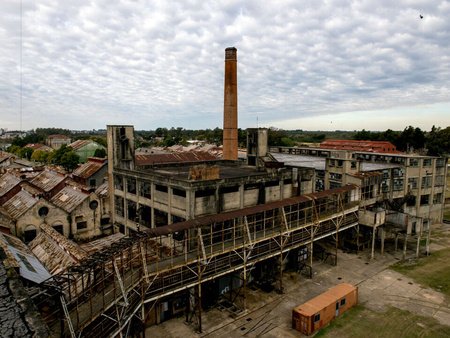
Why did ruins with not the most attractive view become part of the World Heritage Site?
Once this plant belonged to the local company Fray Bentos, the name is given in honor of the city (the name may be familiar to the British). The company produced canned food and corned beef and was not just large — Fray Bentos was a food giant and supplied its products to the whole of Europe.
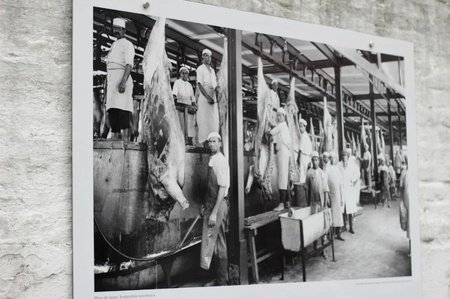
Fray Bentos was especially popular with the British. The company supplied the Imperial Army with corned beef in the Boer War and the First World War. But Fray Bentos gained the greatest popularity in the Second World War, supplying Allies, and the company was so important that in WWII the Uruguayan peso had more value than the US dollar!
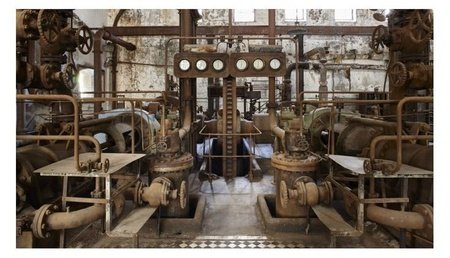
Later, the company began to fade, and now it has been bought by another British company, and there is no trace of its greatness.
As you understand, large companies located in small towns tie them on themselves. Fray Bentos left behind large factories and residential neighborhoods.
Now a museum of the Industrial Revolution has been created from the enterprises, where you can learn the history of the company and see the whole process of creating meat products (perhaps someone is interested in this).
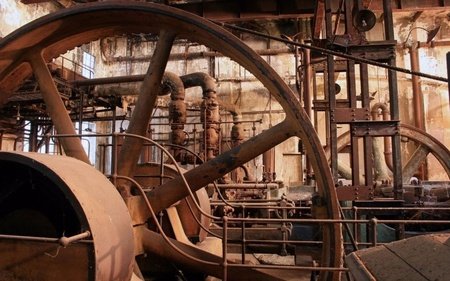
2. Rachid Karami International Fair in Tripoli, Lebanon
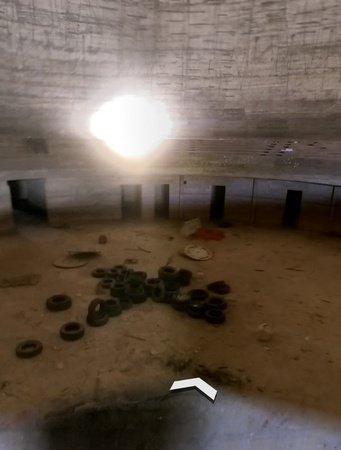
That is, the unfinished building was declared a World Heritage site without historical value, and even in a depressing state?
The history of this project began quite recently, in the 1960s. Then Lebanon was a prosperous secular state with great prospects. And one of the symbols of this progress was to be the International Fair in Tripoli. By the way, the architect of this miracle is Brazilian Oscar Niemeyer (he also participated in the construction of Brasilia), which was also supposed to become a symbol of Intercontinental cultural exchange.
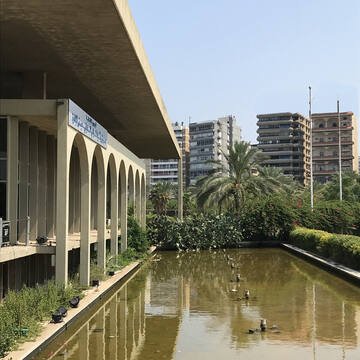
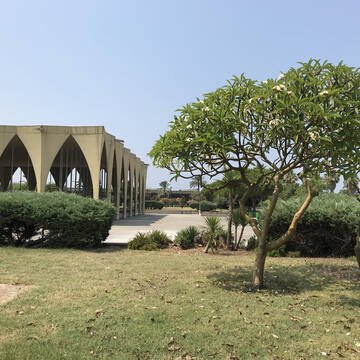
Unfortunately, in the 70s, a Civil war broke out in Lebanon, and we had to forget about everything that prophesied a bright future for this beautiful country, including the International Fair. It remained unfinished abandoned, becoming the embodiment of unfulfilled hopes. Now Lebanon is trying to regain its former positions, and therefore plans to restore the Fair. We will hold our fists for Lebanon and hope that in the future the Tripoli Fair will become a symbol of a new Lebanon that has justified former hopes.
3. Taputapuatea, French Polynesia
Taputapuatea is listed as a Heritage site due to its marae. What's it?

Marae is a sacred place among the Polynesians, used to worship the gods (although the Maori and Samoans used them purely for rural gatherings). Marae from Polynesian languages means "a place cleared of weeds and trees" (it's like a hospital means "a place where healers treat other people").
The cape on the island of Raiatea was considered by the Polynesians to be a sacred place of Te Po — the abode of the gods. Therefore, people decided to build a marae on it in honor of the supreme god Ta'aroa.
The Polynesians completed marae in the 11th century, though dedicating it to another god — Oro, the god of war.
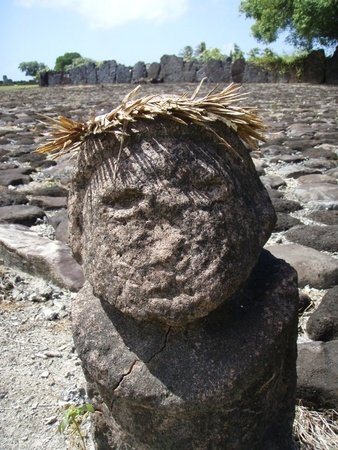
Marae turned out to be the largest among such. The place became (although it was already) the main religious shrine of the whole of Polynesia.
Further, the story is gaining wild momentum.
The Marae became a place of training for priests who practiced the rituals of human sacrifice, and in the 17th century, the Ti'ahuauatea Aliance was created, uniting the priests from nearby islands.
The priests continued the practice of human sacrifice for Aro, as well as the construction of other marae on other islands. However, such an alliance ended its existence ingloriously. There was a fight at one of the meetings, and two of the founders were killed.
Then, Invaders from Bora Bora sailed to Taputapuatea and destroyed marae.
New Zealand doctor Te Rangi Hiroa of the XIX century, eager to visit Taputapuatea, was shocked by what he saw. Instead of the main shrine, he saw only a few ruins.
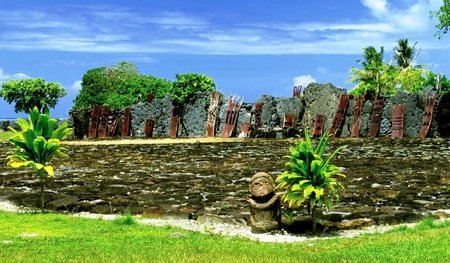
The shrine was forgotten until the 1994. Then activists called for the restoration of marae, and marae Taputapuatea has been restored. Reconstruction works are still ongoing, but in any case, Taputapuatea is already under the supervision of the authorities, and it will be finally restored soon.
4. Arabyan Oryx Sanctuary, Oman

The Arabian Oryx lived in the deserts of Arabia. The white antelope was appreciated by the locals for its meat and skin, so they willingly hunted for it. Then they were joined by stupid tourists who shot Oryx with rifles. It got to the point that the Arabian oryx became extinct in the wild.
The IUCN sounded the alarm, it was decided to introduce antelopes from zoos to nature reserves. Populations of oryx have been released in Jordan, Saudi Arabia, Israel and Bahrain. In Oman, the Arabian Oryx Sanctuary was created with a unique biosphere, into which 450 antelopes were reintroduced.
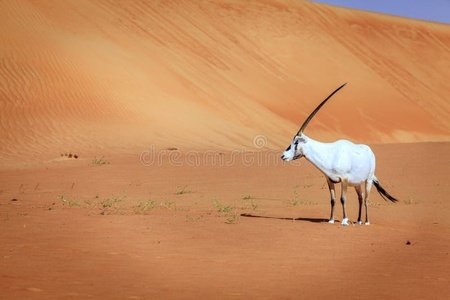
It would seem that the Arabian oryx is back in nature, reproducing and being protected by the state. But the government of Oman in the 90s voluntarily decided to cut the reserve. The territory was cut so much that it was reduced to 90%, and the pathetic remnants of the reserve began to suffer from poaching.
UNESCO demanded to rectify the situation, but Oman did nothing, so in 2007 the Arabian Oryx Sanctuary became the first UNESCO Heritage object to be excluded from the List (later this way followed by Dresden and Liverpool).
The history of this reserve shows that with the disregard of the authorities, no UNESCO World Heritage Site status will help, the thirst for profit is so strong. Now only 4 breeding pairs of Oryx live in the Sanctuary. Although, we will be glad for the fact that, in general, the story for the Arabian Oryx is optimistic and they have every chance of success.
5. Honghe Hani Rice Terraces, China
Surprisingly, there was no China in these blogs yet. We need to fix it.
It would seem that rice terraces? But look at them, it's a real work of art.
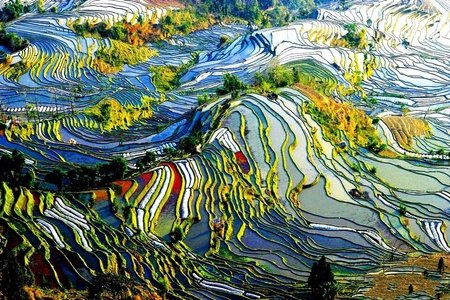
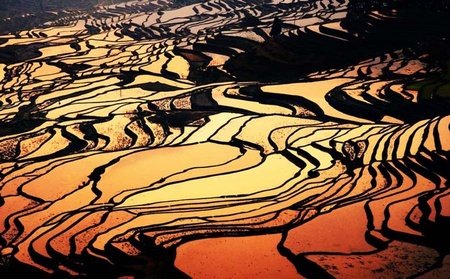
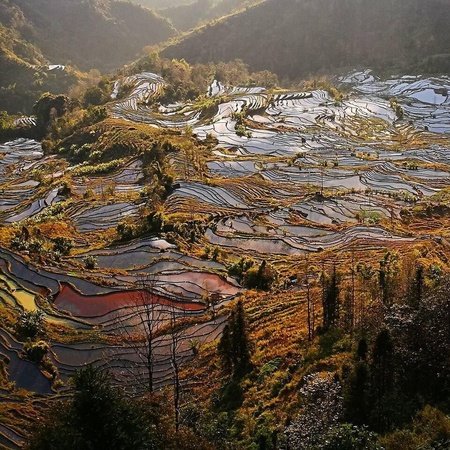
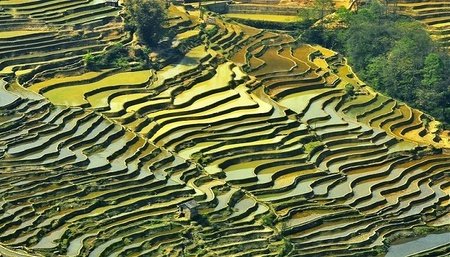
Over the millennia, people have been able to achieve a balance between themselves and nature, and rice terraces have become home to many animals: eels, water buffalos, ducks, which, in turn, serve as food for the peasants. What can I say, great thing!
6. Ancient and Primeval Beech Forests of the Carpathians and Other Regions of Europe
By the name, you can already guess what the problem of this site is. Let's start with the fact that more than 100 forests from (get ready) are united under this name:
Albania, Austria, Belgium, Bosnia and Herzegovina, Bulgaria, Croatia, Czech Republic, France, Germany, Italy, Poland, Romania, Northern Macedonia, Slovakia, Spain, Ukraine, Montenegro and Switzerland.
Initially, only the forests of the Ukrainian and Slovak Carpathians were included in the list (and the Carpathians are famous for their forests), but then the list was expanded and expanded, and brought to this. And so that people remember what it was originally, the name was given to "The Carpathians and other regions of Europe".

According to the official website, the Beeches are the main invaders of Europe, not your Ottomans, Huns, Romans and Germans. Living in the highlands of the Pyrenees, Alps and Carpathians, these trees gradually descended from them and expanded their range further and further into Europe. By the time the Romans began their takeover (for nature it was the day before yesterday), unpretentious trees were growing all over Europe.
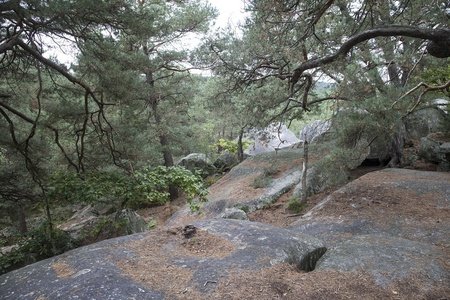

Although beeches suffer defeat: as man developed, forests in Europe were cut down. But now, I think, they are not in danger of cutting down, and this World Heritage site with strange name have become what unites all of Europe.
7. Van Nellefabriek, Netherlands
In the last part there was another Dutch Art Nouveau Heritage site — Schröder House. But if he was modern even for our time, quite beautiful and interesting from the outside and from the inside, then the Van Nelle Factory is strange in comparison with him.

The factory was designed by Leendert van der Vlugt in the 1920s, when modernism was steadily gaining popularity. Van der Vlugt chose exactly the style I immediately thought of when I saw van Nellefabriek — Soviet constructivism and internationalism (comrades, the Soviet trace has been founded).
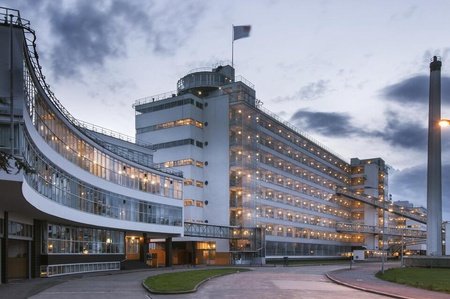
The factory was praised as one of the most beautiful buildings of that time, I especially like Robertson's description of "the poem of steel and glass".
The factory, as you understand, was not just for beauty, but produced products, and very diverse: tobacco, coffee, tea, puddings, chewing gum.



Still, no matter how funny it is, but the same factories are part of our culture and history. Who knows, maybe in hundreds of years they will also be considered a cultural asset, like we are temples, rathauses and markets.
8. Plain of Jars, Laos
I love it so much. At the foot of the mountains of Laos, thousands of huge jugs are scattered on the plain. What could be weirder and more gorgeous than this?
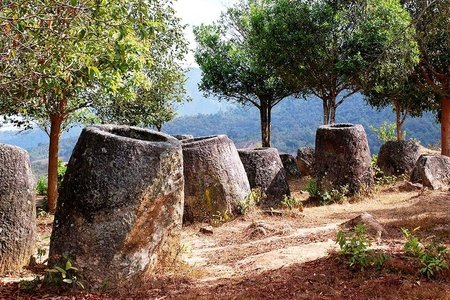
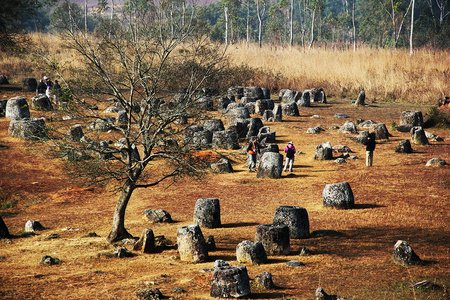
In the 1930s, French researcher Madeleine Coleni suggested that the jugs were made for funeral rituals, and the remains found in the jug still incline to her theory.
Unfortunately, due to the American bombing, this place has become inaccessible and dangerous, which has made research very difficult (besides, you will fall for an unexploded mine — minus an archaeological miracle), although still possible. I think that the mystery of the jugs will be solved sooner or later, although this place will not become less funny and interesting.
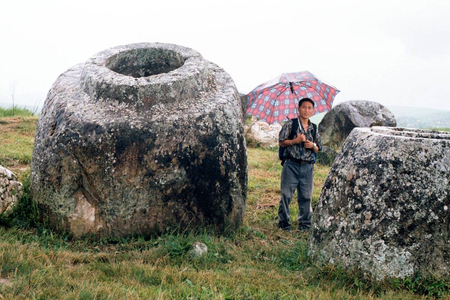
Conclusion
In this issue, not so much hidden masterpieces and wonders of the world were collected, but rather atypical and strange World Heritage Sites. It would seem that there is nothing unique in an old factory, an abandoned building or just a forest, but each of them has its own history, each has its own value, whether it is a symbol of unjustified hopes or the main shrine of an entire Pacific. This shows how even the most terrible, unsightly or ugly places can be no less important than the masterpieces of art and nature.
I hope it was interesting for you to read this. Thanks for reading!

Thanks for the words!
Taputapuatea and Plains of Jars sounded the most interesting to me, invoking a sense of mystery and fascination.
Also the rice terraces looked really beautiful! The horse's eyes though 👀
Thanks for reading!